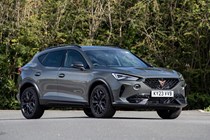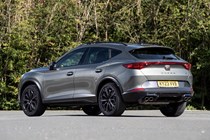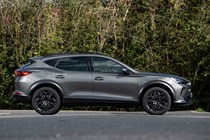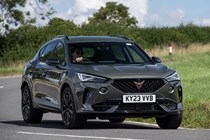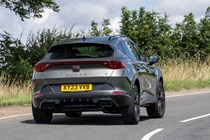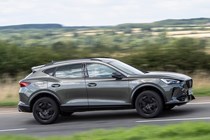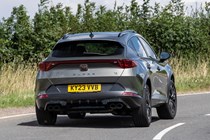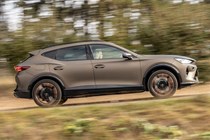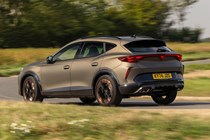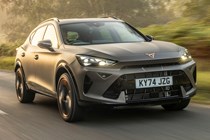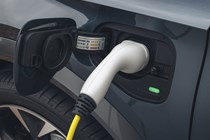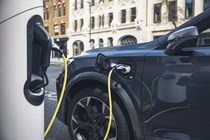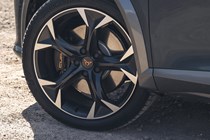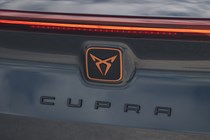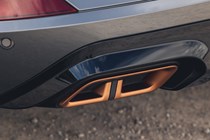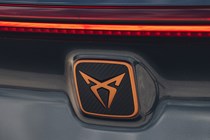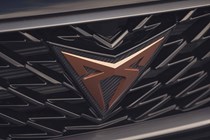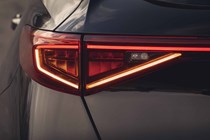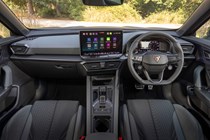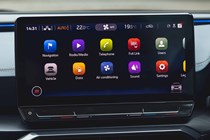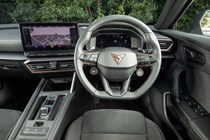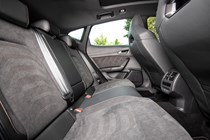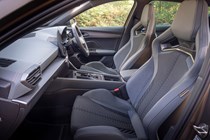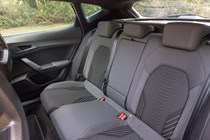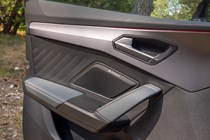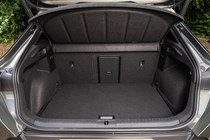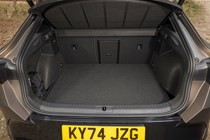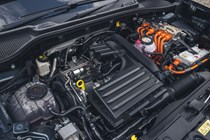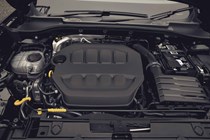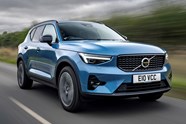
Cupra Formentor review
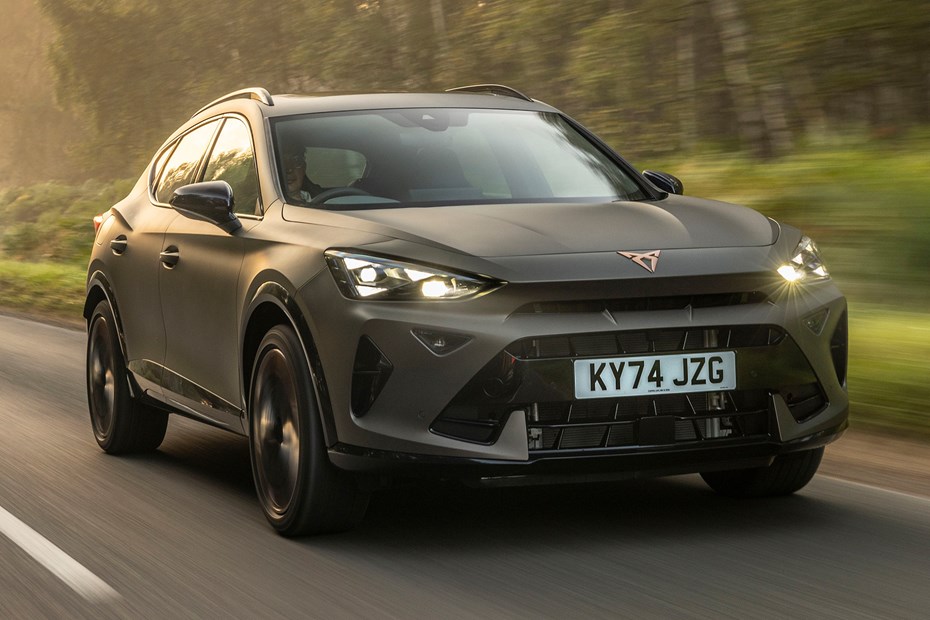
At a glance
| Price new | £34,420 - £54,075 |
|---|---|
| Used prices | £13,735 - £39,160 |
| Road tax cost | £195 - £620 |
| Insurance group | 19 - 35 |
Get an insurance quote with

|
|
| Fuel economy | 30.7 - 52.3 mpg |
| Miles per pound | 4.5 - 7.7 |
| Number of doors | 5 |
| View full specs for a specific version | |
Available fuel types
Petrol
Hybrid
Pros & cons
- Great to drive for an SUV
- Choice of powerful petrol engines
- Available with four-wheel drive
- Firm ride in Cupra mode
- Fiddly infotainment system
- Targeting a very niche market
Cupra Formentor SUV rivals
Overview
By combining impressive dynamic abilities with sharp looks and one imperious silhouette, the Cupra Formentor family SUV has become something of a crown jewel in Cupra’s lineup. Such virtues haven’t been lost on the public – the Formentor is now Cupra’s best-selling model, and the best-selling cross-over SUV in Europe. We’d call that a resounding success story, so where does the model go next? How do you improve on the excellent? By giving it new looks, a new interior and more power, apparently.
For 2024, that’s exactly what the Cupra team has done. We’re not talking radical makeover here, but rather a few subtle tweaks to freshen up the model. The Formentor now has a more chiselled front end, shaped into a style reminiscent of a shark nose with sleeker headlights. The interior now comprises of new materials with updated infotainment software from Cupra’s parent Volkswagen, but the standout story is the updated engine lineup. Plug-in hybrids are on offer, as well as a range-topping 333hp petrol that can be optioned with a trick rear-axle.
The Formentor’s rivals remain as strong and varied as they always have done. The car toes a delicate line between a hot hatchback and a sporty SUV. Its sloping roofline and massive alloy wheels make it look more like a lifted estate in profile – which is good, because that helps to create some distance between it and its boxier SEAT-badged cousins, the Ateca and the Arona.
It does, however, mean the Formentor could potentially count dozens of different models as competitors, from the Volvo XC40 to the Audi Q3 Sportback. The Formentor has always shaped up well against its rivals, though – the sales figures don’t lie – and so it’s likely the opponent marque’s will be more concerned with an updated Formentor than Cupra is with them.
Formentor buyers have a choice of six powertrains spread across seven specifications. Entry-level models – that’s V1, V2 or V3 spec – are available with either a 150hp 1.5-litre four-cylinder petrol engine, or a 204hp 1.5-litre mild-hybrid unit, coupled with either a six-speed manual or a seven-speed automatic. A 1.5-litre plug-in hybrid with 204hp is also on the way for these base-level cars.
Moving up the VZ range, all three of these models are available with either a 2.0-litre 265hp petrol, a 1.5-litre plug-in hybrid with 272hp or now a range-topping 333hp petrol with all-wheel drive. A VZ ‘First Edition’ trim level is offered in addition to the three higher-spec options, driven by the 272hp plug-in hybrid engine.
The next chapter of a success story or a niche to far? Over the next few pages, we’ll review each aspect of the 2024 Cupra Formentor, considering its practicality, interior, technology, running costs and driving experience before offering our final verdict on the car. Read on to find out whether the Formentor could suit your lifestyle, or whether you’d be better off with something a little more conventional. If you’d like to find out how we reached our verdict, head over to our how we test cars page.










